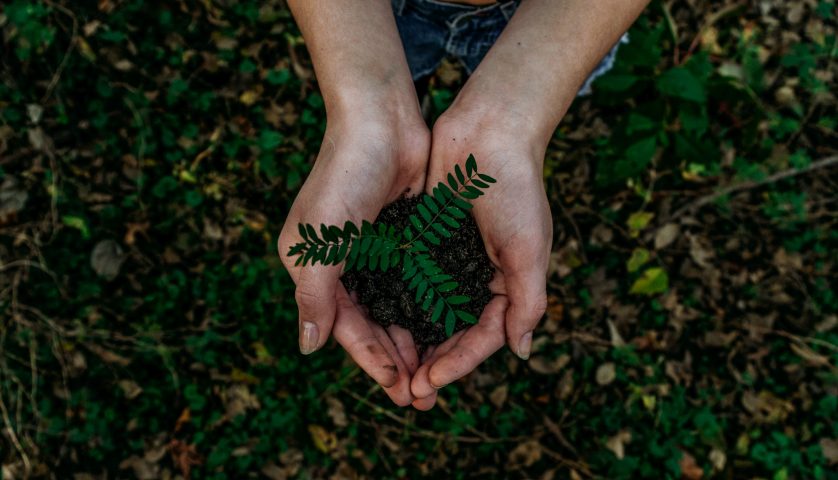The story of those who cultivate sustainable forests

Top Business Trends for 2021
December 30, 2020
Did you know your printer could be hacked?
January 14, 2021
Have you ever fancied switching to a more sustainable career? One in which you actively contribute to conserving the world’s natural resources? If so, you’ll inspired by this look at the people who cultivate sustainable forests.
Today, many more people are looking for ways in which they can play an active part in protecting and conserving the world’s natural resources.
We know that the evidence of the climate crisis is increasingly hard to ignore. In response – all around the world – individuals are seeking out the ways in which they can be part of the solution.
Cultivating sustainable forests
One way in which individuals can make a difference is by choosing to use only sustainable products. This emerging consciousness around sustainability is driving new product choices and product development – for example, 2019’s trend for switching from plastic straws to paper.
Paper neatly fits into this movement towards creating a more sustainable society on earth – it’s a naturally derived product that can have a zero-carbon manufacturing process and can be completely and easily recycled.
What’s more, forests and the land on which they grow have a massively important role to play in the capture and storage of carbon from our atmosphere.
Meet the people who cultivate the forests
Cultivating forests for products that are used in the paper industry is also an important source of income for rural communities, as we find out in a new film called “Paper Makers”.
In the film, we are introduced to a variety of people employed throughout the papermaking supply chain – working to protect the land and sustainably manage the forests for the benefit of future generations. As they explain their stories, we learn how sustainable an industry can be.
“Without the timber industry, the incentive would be to clear all of the forest,” explains Alex Singleton, who says it has been a privilege to build his career around natural resources.
We also meet a third-generation landowner, raising her children to be good stewards of the land – and looking for new ways to create efficiencies and enhance the environmental benefits of their work and lifestyles.
The film also offers a glimpse into the new roles that technology is playing – both in terms of forest management and manufacturing. For example, geo-spatial analysis can help to identify environmentally significant areas of the forest, where biodiversity and ecological factors require different approaches. Paired with sustainable policies, such as not logging in the proximity of water courses, this helps to drive further improvements in the way the forests are cultivated.
What’s so special about the paper industry?
Papermaking is one of the oldest natural industries. It’s what’s known as a “closed loop” process: the industry reuses the same materials over and over again to create new products for purchase. Even so, the process is under constant review. New technologies and approaches are helping to ensure that sustainability can be continually enhanced.
For example, bark – a by-product that could be considered “waste” – is used to power the boilers and create energy for the manufacturing processes. In the film, we learn that some plants generate more electricity than they consume!
It’s an inspiring insight into what it means to create a more sustainable approach in one important industry. By choosing to switch to paper, as consumers, we can help ensure these sustainable supply chains are embedded into our societies – creating more demand for forest planting and sustainable forest cultivation, as well as ensuring whatever we use can be returned to the earth.
Watch here:



